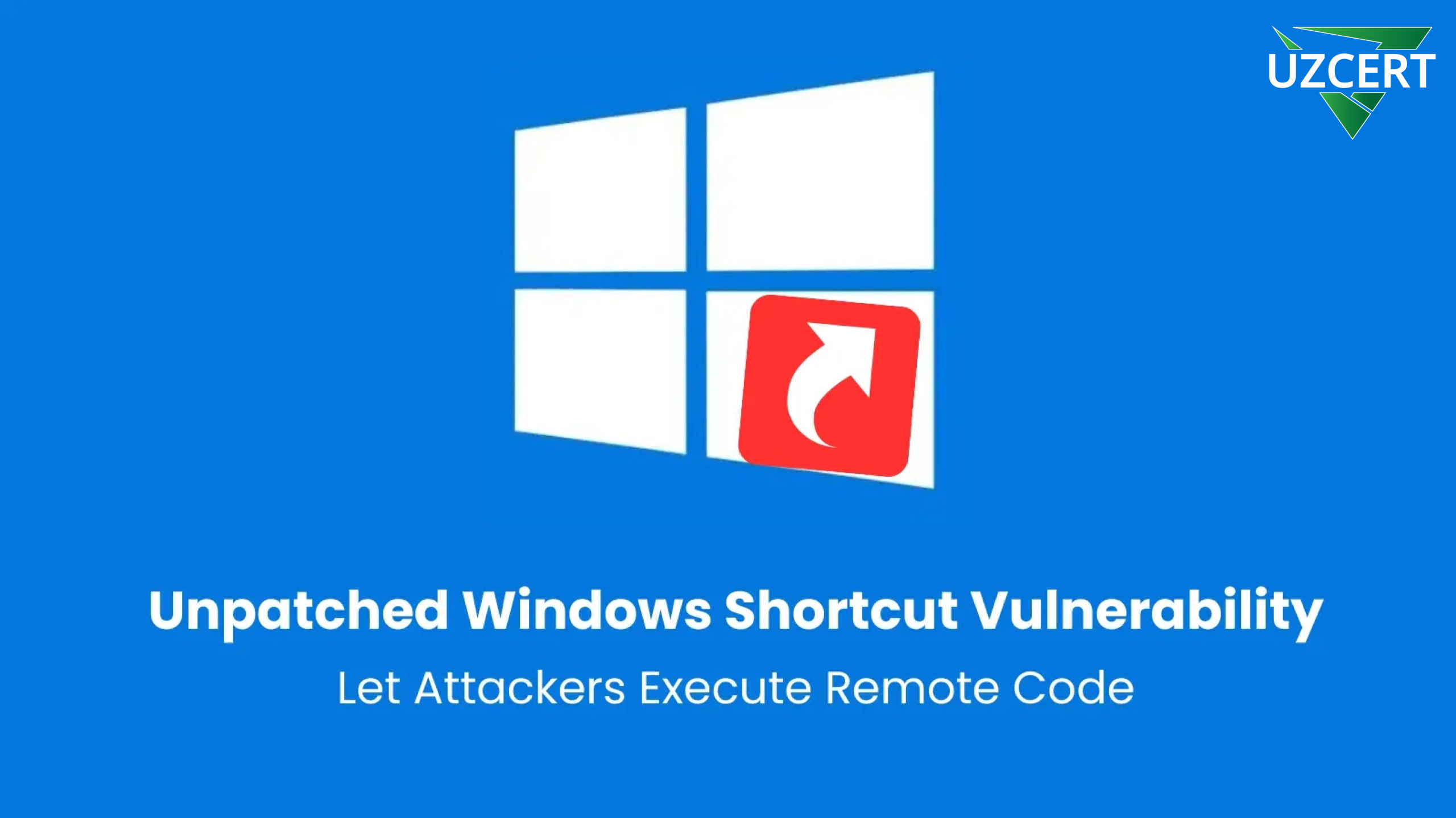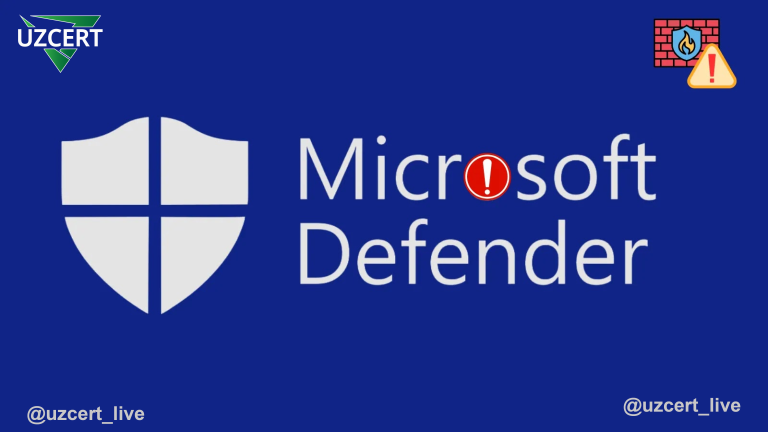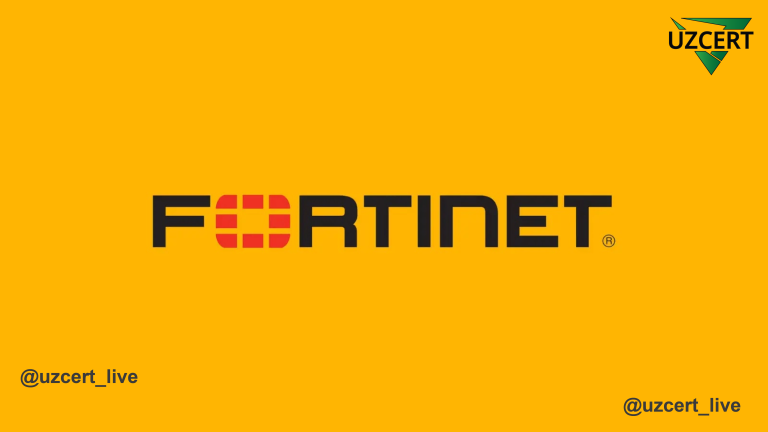
Windows LNK Vulnerability: Microsoft Overlooks Security
In today’s digital landscape, cybersecurity is more vital than ever. New vulnerabilities and threats emerge daily, endangering the data of individuals and organizations alike. A recently uncovered vulnerability in Windows LNK files (shortcuts), revealed by security researcher Nafiez, has caused a significant stir in the cybersecurity community. This flaw enables hackers to infiltrate systems and execute malicious code simply when a user opens a folder containing the harmful file. Most alarmingly, Microsoft has declined to address this issue, stating it does not meet their security servicing criteria.
Windows LNK files are shortcuts that allow quick access to programs, files, or folders. Despite their seemingly innocuous nature, they have become a prime target for hackers. The vulnerability discovered by Nafiez exploits flaws in the internal structure of LNK files. Specifically, malicious LNK files, manipulated with EnvironmentVariableDataBlock and UNC paths (e.g., \\192.168.44.128\c), automatically trigger a network connection. This process is initiated the moment a user opens the folder containing the malicious file, without requiring the user to interact with the shortcut itself.
Nafiez details in his technical analysis: “When a user accesses a folder containing an LNK file, Windows Explorer parses all files within that folder. It is during this process that the file is primed for execution, activating the malicious code.” The most dangerous aspect of this vulnerability is that it requires no user action—merely opening the folder is enough to set it in motion.
The vulnerability’s mechanism hinges on the following components:
- Controlling the execution flow using the HasArguments flag and EnvironmentVariableDataBlock.
- Designating a malicious UNC path (e.g., a fake network server address) as the target.
- Configuring specific BlockSize and signature values to manipulate the LNK file’s behavior.
Windows Explorer processes these files through COM interfaces like IInitializeNetworkFolder and IShellFolder2, which manage network resources. These interfaces are automatically activated upon opening a folder, allowing the malicious code to execute silently.
Microsoft has opted not to patch this vulnerability, asserting that their Mark of the Web (MOTW) security feature offers sufficient protection. MOTW is a digital tag applied to files downloaded from the internet, prompting security warnings before execution. According to Microsoft’s security servicing criteria, only vulnerabilities that “violate the goal or intent of a security boundary or feature” and reach a high severity threshold warrant a fix. In this instance, the company deemed the vulnerability insufficiently critical.
However, cybersecurity experts caution that relying solely on MOTW is inadequate. Researchers at Elastic Security Labs recently identified a technique known as “LNK stomping”, which enables hackers to bypass MOTW. This method has been employed in attacks for at least six years, underscoring that MOTW alone cannot ensure robust security.
The Proof-of-Concept (PoC) code published by Nafiez vividly illustrates the severity of this vulnerability. The PoC employs a specialized program to generate an LNK file that initiates a connection to a fake network server and collects NTLM hashes using the Responder tool. Nafiez instructs: “Compile the code, run the program to create the LNK file, and activate Responder to capture NTLM hashes.”
The public availability of the PoC code heightens the risk of hackers exploiting this vulnerability. As noted by the security firm Intezer, “Despite their simplicity, LNK files can be used by hackers to launch other malicious programs and inflict substantial damage.” This vulnerability is particularly concerning because it operates without active user involvement and can compromise a system via a routine network connection.
LNK file vulnerabilities are not a new phenomenon. Microsoft has previously mitigated several significant threats associated with these files. For example:
- In 2010, an LNK file vulnerability was actively exploited by hackers to distribute malicious code through USB devices. This flaw posed a threat even to older systems like Windows XP SP2 and Windows 2000.
- In 2017, state-sponsored hacker groups leveraged LNK files for cyberespionage and data theft. According to TheHackersNews, groups from China, Russia, Iran, and North Korea exploited this vulnerability.
These historical incidents demonstrate that LNK files have consistently been a lucrative target for hackers. The public release of an open PoC code for this new vulnerability further amplifies the danger.
Uzbekistan’s IT sector has been experiencing rapid growth in recent years, with digitalization projects expanding in fields such as finance, e-commerce, and public services. In this context, cybersecurity is not merely a technical necessity but a matter of national security. The new LNK vulnerability poses a serious threat to Uzbekistan’s public and private organizations, as many systems continue to rely on the Windows operating system.
For instance, critical infrastructures like financial applications or e-government platforms could be susceptible. If hackers gain network access and steal NTLM hashes, they could hijack user accounts and extract sensitive information. IT professionals and organizations in Uzbekistan must act swiftly to address this threat.
Microsoft’s refusal to patch this vulnerability compels users and organizations to take independent steps to safeguard their systems. Below are practical recommendations:
- Enable and Verify MOTW: Ensure downloaded files carry the MOTW tag. However, given its potential to be bypassed, implement additional precautions.
- Network Monitoring: Continuously monitor incoming and outgoing network connections. Tools like Web Application Firewall (WAF) can help identify malicious connections.
- User Awareness: Educate employees about the dangers of phishing attacks and opening unknown files. LNK files are frequently distributed via email.
- System Updates: Regularly update the Windows operating system. While no specific patch exists for this vulnerability, general updates bolster overall security.
- Antivirus and Security Software: Modern antivirus programs can detect malicious behavior in LNK files. Tools like Elastic Security Labs are effective at identifying LNK stomping techniques.
The Windows LNK vulnerability has ignited intense discussions within the cybersecurity community. Microsoft’s decision not to address it alarms many experts, as the openly available PoC code provides hackers with a ready opportunity. This vulnerability operates without requiring active user interaction, jeopardizing systems through the mere act of opening a folder.
For nations like Uzbekistan, which are navigating digital transformation, this vulnerability demands heightened attention. Local IT companies and government entities must reinforce security measures, train personnel, and adopt advanced protection tools. Cybersecurity is not solely a technological challenge but a shared responsibility for every user and organization.
If you need guidance on protecting against this vulnerability or securing your system, feel free to reach out—I’ll walk you through each step in detail! Let’s collaborate to make our digital world safer!



